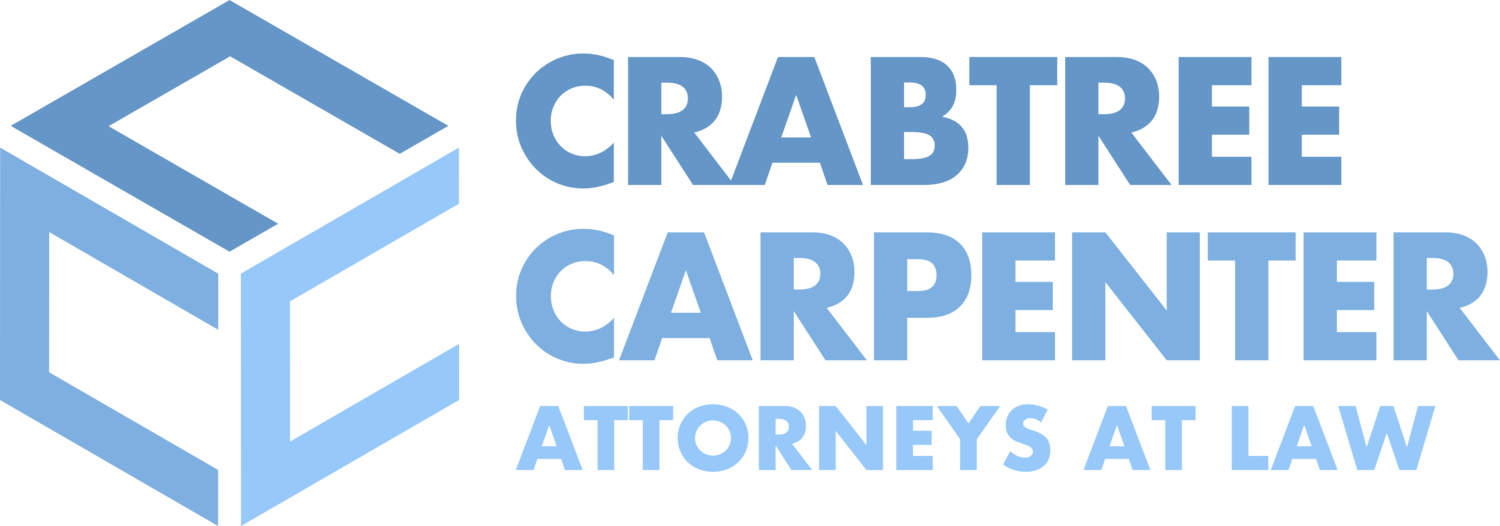Still Prevalent in Older Schools, Public Buildings, Homes
Asbestos is found in thousands of U.S. schools.
Asbestos is a deadly carcinogen, known to cause lung cancer and mesothelioma while killing an average 15,000 people a year in the United States. Asbestos is a group of minerals that occur naturally as a bundle of fibers, found all over the world. These fibers can be useful because they are strong, resistant to heat and many chemicals, and don’t conduct electricity. It is because of these qualities that asbestos has been used as an insulating material for hundreds of years.
Inhaling asbestos fibers is the most common way to be exposed. Although the use of asbestos is not as frequent today as it was during the early part of the 20th century, asbestos inhalation is still a persistent risk. Any time a building that has asbestos is demolished or renovated, asbestos can be released into the air. At the same time, materials that contain asbestos can break down over time and also release particles into the air.
Changing Asbestos Legislation
Until recently the law of the land involving toxic substances was the outdated Toxic Substances Control Act (TSCA) of 1976. This act provided the EPA with the “authority to require reporting, record-keeping and testing requirements, and restrictions relating to chemical substances and/or mixtures.” TSCA included regulations for the production, importation, use and disposal of asbestos.
Unfortunately, this law had not been revisited for 40 years! However, on June 22, President Obama signed into law the Frank R. Lautenberg Chemical Safety for the 21st Century Act, a bipartisan bill that amends and updates the outmoded TSCA. The new law, which includes stricter regulatory standards, replaces TSCA’s old cost-benefit safety standard with a new health-based safety standard. This new standard opens the doors for the EPA to officially ban asbestos in the U.S., something it has been trying to do since the first Bush administration.
Preventing Asbestos Inhalation
Asbestos risks can be found everywhere, but there are ways to protect yourself and your children from exposure. Here is a brief overview, but click here for a complete guide to identifying and preventing potential asbestos risk.
At Work:
Your employer should be following all OSHA regulations for hazardous chemicals, but be sure to take your own precautions and report any unsafe working conditions.
- Ask your employer about any asbestos-related health risks in your place of work.
- Always wear protective gear when you may disturb asbestos.
- Don’t bring home work clothes that may contain asbestos particles.
- Always dispose of asbestos materials according to state and federal regulations.
At Home:
Most asbestos exposure occurs when homeowners do renovations that disturb asbestos. If you’re planning on tackling any home improvement projects, protect yourself and your family.
- Some of the in-home items that may contain asbestos are: attic insulation, shingles and tar, drywall and popcorn ceilings.
- If you have an older home, don’t perform DIY renovations where asbestos may be present.
- Never attempt to remove asbestos without help from a professional abatement specialist.
- Dangerous exposure may occur when you attempt to remove contaminated products, especially if you cut, saw, sand or drill them.
At School and Public Buildings
About half of all schools in the United States were built from 1950 to 1969, when asbestos was a common construction material. The EPA requires all schools to inspect any asbestos-containing materials every three years, as well as have an asbestos management plan in place. You can request to see a school’s management plan at any time. In addition, you can keep an eye out for any possible asbestos-containing materials, including:
- Damaged drywall or plaster
- Deteriorated tiles, roofing or ceiling panels
- Chipped paint
- Old heating or A/C
- Run-down steam pipes or boiler insulation
Where could asbestos be lurking in your home? Click here to expand.
This article appeared in our September 2016 "You Should Know" e-newsletter.





